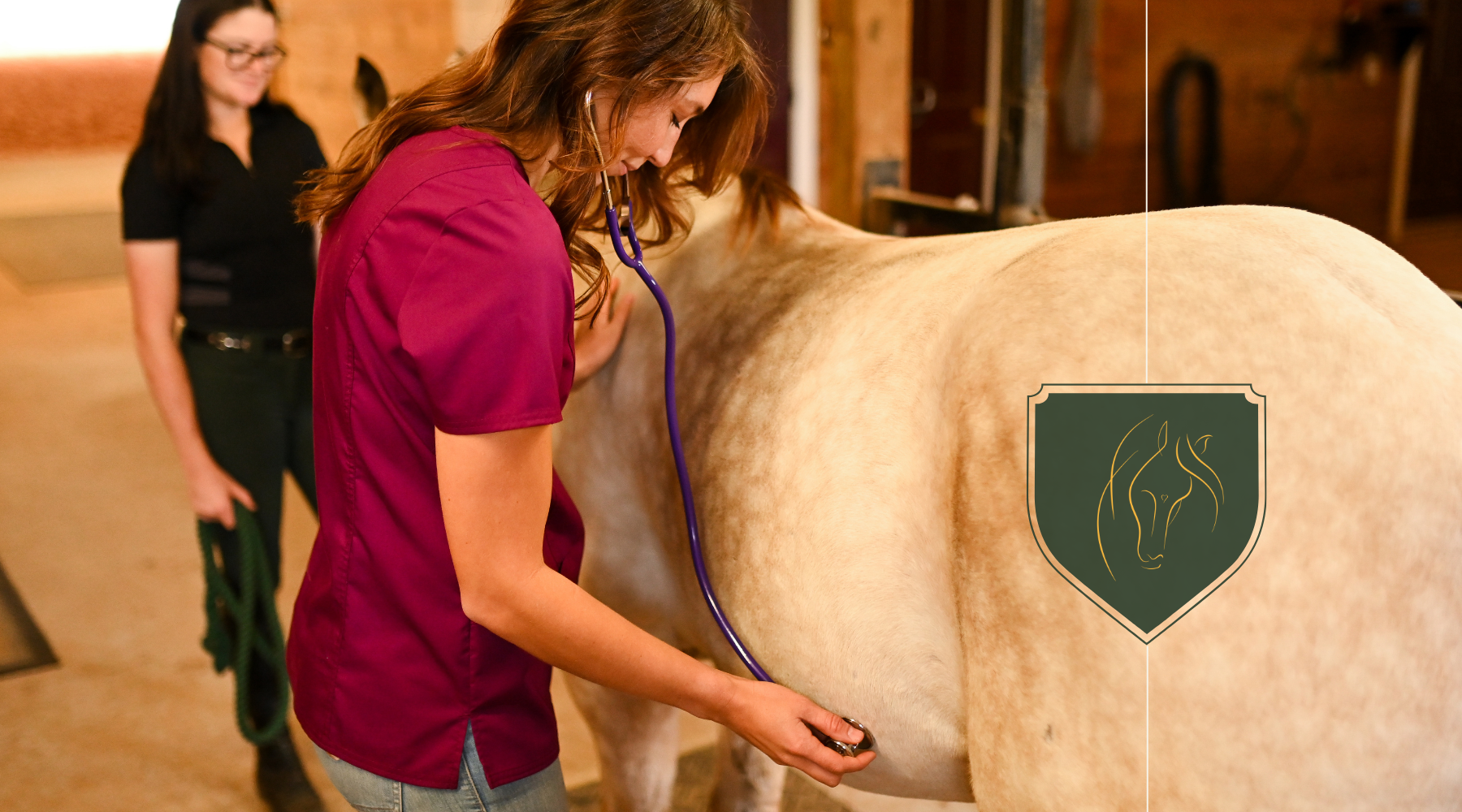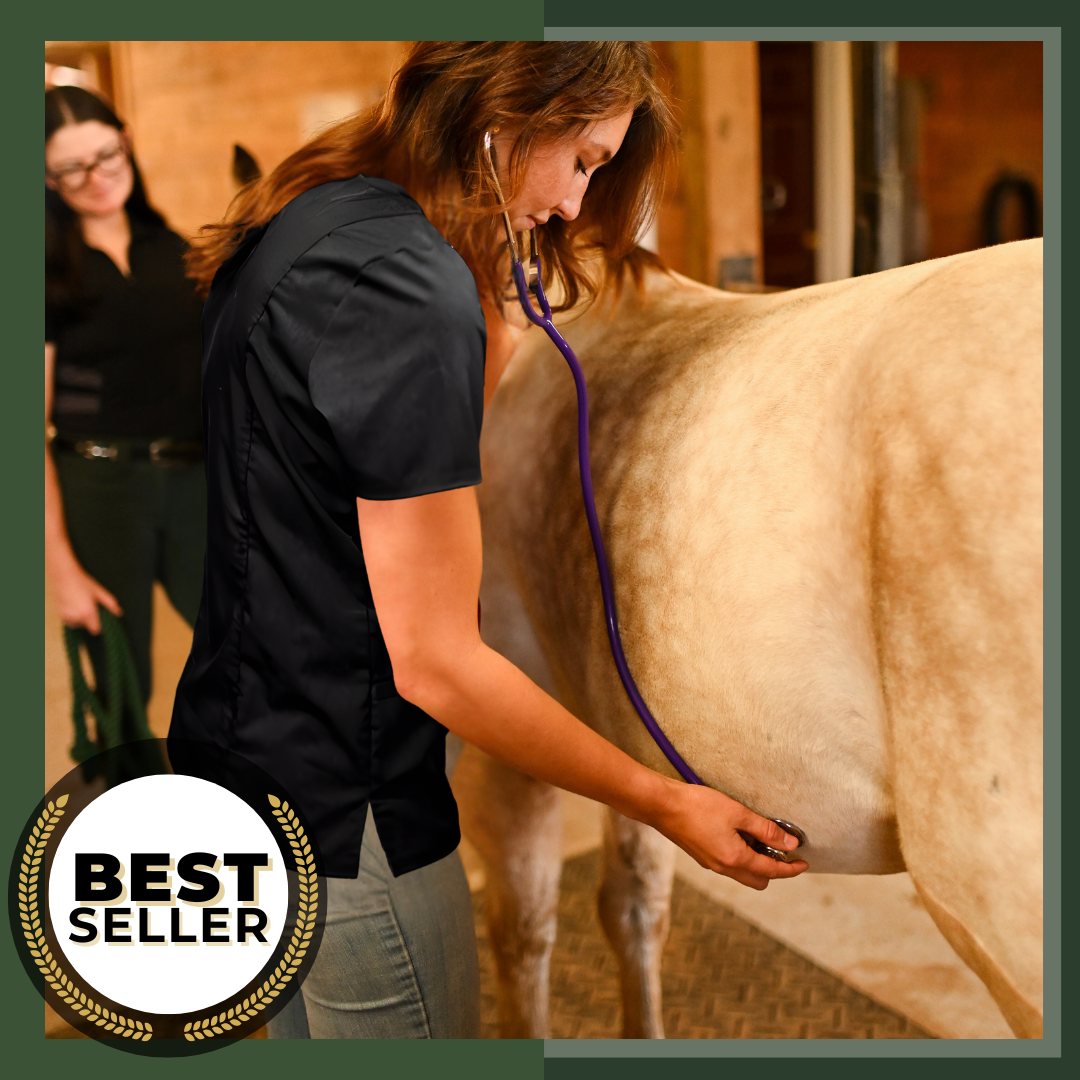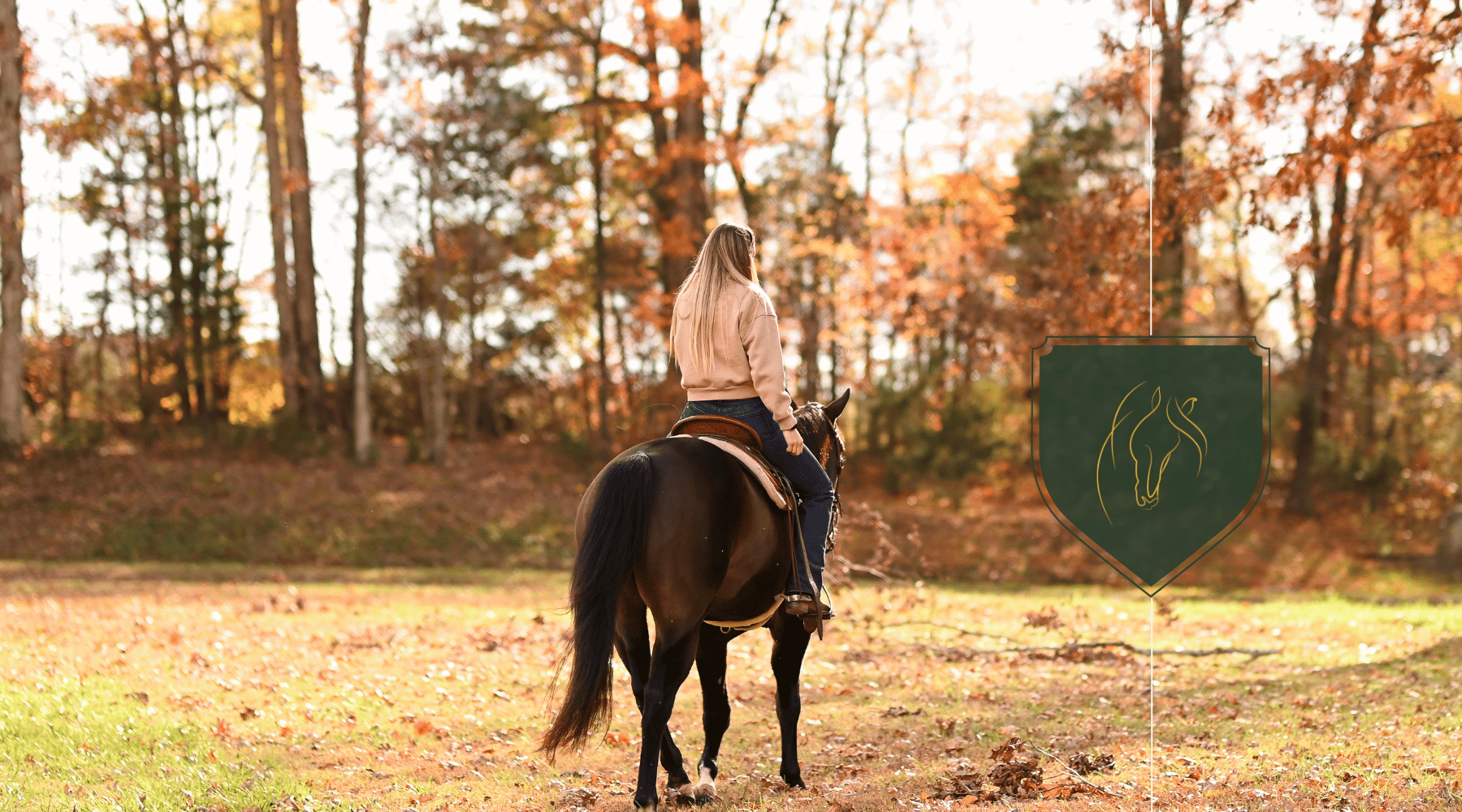
Complete Guide to Maintaining Your Horse's First Aid Kit: Checklist and Update Frequency
As a seasoned horse owner, I know the importance of being prepared for any equine emergency. That's why keeping your horse's first aid kit up-to-date is as crucial as regular vet check-ups. In this article, I'll guide you through the essentials every horse first aid kit should contain and the best practices for keeping it fresh and ready for action.
I've learned that an outdated or incomplete kit can be almost as useless as having none at all. So, I'll also share how often you should review and refresh your kit to ensure you're always prepared for the unexpected. Stick with me to learn how to maintain the perfect first aid kit that could be a lifesaver for your equine friend.
Essential Items for Your Horse's First Aid Kit
I've learned through my experience that a well-stocked horse first aid kit needs to be comprehensive yet specific. Horses, magnificent as they are, often run into minor injuries that require immediate attention. Veterinary wrap and gauze pads are the cornerstones of my kit. These essentials can be used for a multitude of injuries, from wrapping a sprained ankle to covering a wound.
Antiseptic solution and antibiotic ointment are must-haves for cleaning and protecting any cuts or scrapes your horse might get. I never forget to include a thermometer; knowing if my horse is running a fever can be a critical piece of information during an emergency. Also, a pair of scissors with a blunt end is indispensable for cutting dressings or freeing a tangled horse without causing injury.
Here's a quick list of other items that should never be absent from your kit:
-
Hoof pick: To remove debris and stones that might cause lameness or infection.
-
Twitch: An invaluable tool for keeping a horse still during minor procedures.
-
Flashlight: Because emergencies don't always happen in the light of day.
-
Saline solution: For flushing out wounds or eyes.
-
Stethoscope: Monitoring your horse's heart rate can provide crucial insights into its health.
Besides these, a good pair of gloves can protect me from infection and allow for safer handling of injuries. I always remember to keep a fly repellent handy, as any open wound can attract unwanted attention from insects.
Having a reference book or a list of emergency phone numbers is something I've found invaluable. It's crucial to have contact information for my vet and the nearest equine hospital easily accessible.
Remember that all these items are only effective if they are in date and in good working order. Regular checks and prompt replacements are necessary to keep the first aid kit operational when it's needed most.
Medications and Treatments for Common Equine Injuries and Illnesses
When tending to horse injuries and illnesses, having the right medications on hand can mean the difference between a speedy recovery and prolonged discomfort. Pain relievers such as phenylbutazone, often known as "bute", should be included but always used under a vet’s guidance. For muscle injuries, anti-inflammatory medicine can alleviate swelling and support healing.
Wound treatments require meticulous care. I always ensure my first aid kit contains:
-
Antiseptic wipes for cleaning around wounds
-
Iodine solution for disinfecting
-
Hydrogen peroxide to help bubble away debris (although it's seldom used as it can damage tissues)
-
Wound powder or spray to promote drying and healing
Eye issues are not uncommon, so a sterile ophthalmic solution to flush out irritants is a staple in my kit. For hoof problems, thrush treatments and poultice materials are essential. I'd be remiss not to remind you that some conditions demand immediate veterinary attention, such as colic or serious lacerations. In such cases, medications in your kit may serve only as a stopgap until professional help arrives.
As always, I periodically review the expiration dates on all medications and replace any that are outdated. This doesn't just apply to pills and ointments—liquid treatments can degrade over time as well, losing potency or becoming contaminated.
Maintenance and Regular Checks
Routine checks are crucial. I recommend marking a calendar to review your kit’s contents:
-
Every three months for general inspection
-
Annually for a thorough update and replacement cycle.
Remember to adjust supplies based on the season and any recent health issues your horse may have encountered. After all, preparation is key to effective equine care.
Tools and Equipment for Proper First Aid Administration
When it comes to equine first aid, having the right tools is as crucial as the proper medications. I've found that a well-stocked kit includes a range of equipment designed to handle different emergencies. Here's what you should always have on hand:
-
Digital Thermometer: A reliable thermometer is indispensable for monitoring your horse's temperature.
-
Stethoscope: This allows you to check your horse’s heart and respiratory rates.
-
Hoof Pick: Keeping your horse's hooves free from debris can prevent further injury.
-
Scissors and Tweezers: These are essential for cutting bandages and removing foreign objects from wounds.
-
Flashlight or Headlamp: Adequate lighting can be a lifesaver during nighttime emergencies.
-
Syringes and Needles: For administering medications or drawing fluids if instructed by your vet.
-
Sterile Saline Solution: Useful for cleaning out wounds or eyes.
-
Clean Towels or Cloths: For drying off cleaned areas or applying pressure to stop bleeding.
Maintaining tools in good working order ensures they're ready when needed. I regularly check my scissors and tweezers for rust or dullness, and I test my thermometer and batteries for my flashlight. Keep syringes and needles sealed until use, and store saline solution in a cool, dry place.
Remember, your first aid kit's effectiveness hinges on your ability to use these tools properly, so familiarize yourself with their uses. I'd recommend practicing with some of these items—like the thermometer or stethoscope—during routine care so you won't be fumbling during an actual emergency.
Lastly, don’t overlook the importance of clearly labeling each tool. In a high-stress situation where seconds count, you'll want to avoid any unnecessary searching. Transparent, durable bags or dividers in your kit can make identification and access swift and error-free.
And as seasons change or if you encounter new health challenges with your horse, take time to reassess your tools and equipment. Just as you'd update your medications and treatments, reflecting changes in your first aid kit keeps you one step ahead of any crisis.
Additional Supplies to Include in Your Horse’s First Aid Kit
Beyond the essential tools, there are several additional items that deserve a place in your horse's first aid kit. It's important to be prepared for a range of situations, so I always suggest stocking up on these supplies to ensure comprehensive care.
-
Antiseptic wipes and sprays for cleaning wounds
-
Sterile gauze pads and rolls to dress injuries
-
Vet wrap which is an adhesive-free, self-clinging bandage
-
Cotton wool for padding or cleaning wounds
-
Electrolytes to support hydration after illness or during extreme heat
-
Iodine solution used as a disinfectant
-
Alcohol swabs for sanitization before injections
A well-prepared first aid kit could also include a few doses of veterinarian-prescribed pain relief medication specific to your horse's needs. While it's imperative to consult with your vet prior to administering any medication, being able to provide instant relief in a critical situation can be life-saving.
In addition to medications, consider including a bite and sting kit to address any reactions from insect bites, which are not uncommon. Also, don't forget about the hoof care items like a pair of hoof boots which can protect an injured hoof until professional help arrives.
I also find it helpful to keep a copy of my horse’s medical records, including a list of any allergies or specific instructions from my vet. This can mean the difference in an emergency, especially if I'm not there and someone else needs to step in.
For the safety of your horse and those handling the first aid kit, always include gloves to keep both the caregiver and the horse protected from contamination.
Ensuring that all items within your horse's first aid kit are in working order, up-to-date, and replenished as necessary can significantly impact the effectiveness of your emergency response. Regular inventory checks are crucial as many items, such as medications and ointments, have expiration dates that must be monitored. My rule of thumb is to review the first aid kit contents at least every three months and immediately replace used or out-of-date items. This periodic check not only maintains the kit's readiness but also provides a good opportunity to review your horse's overall health plan with your vet.
How Often Should You Inspect and Update Your Horse's First Aid Kit?
Ensuring a horse's first aid kit is up-to-date is critical for their health and safety. I recommend inspecting your horse's first aid kit at least once every three months. Regular checks are crucial to replace used items and update any that have expired. It's also a great practice to align these checks with seasonal changes, as different seasons may require different care essentials.
When inspecting the kit, pay close attention to the expiration dates on all products. Medications and antiseptics are less effective past their expiration and could even cause harm. Replace any products that are within a month of expiring.
After checking the expiration dates, I make sure to:
-
Restock all used or low quantities of items
-
Verify the condition of tools and equipment
-
Ensure that battery-operated items are functional
-
Rotate items based on changing weather conditions, like adding thermal blankets during winter
In addition to the quarterly checks, it's smart to perform a quick inspection after every use. This practice helps to immediately replenish anything that was used, ensuring the kit is always prepared for the next emergency. Also, if there's an emergency that requires you to dip heavily into your supplies, a full inventory check post-incident is a must.
It's beneficial to keep a checklist within the kit that includes all of the contents and their expiration dates. This makes the inspection process efficient, as you can quickly reference which items need attention.
Remember, a well-maintained first aid kit is a vital tool in ensuring the speedy and effective treatment of your horse in case of an accident. Regular maintenance not only extends the life of the products contained within but also gives you peace of mind that you're prepared to handle any situation that arises. Maintaining your horse's first aid kit is just as important as maintaining their regular health check-ups and should be approached with the same level of diligence.
Conclusion
Keeping your horse's first aid kit in top shape is a non-negotiable part of equine care. I've highlighted the need to stay vigilant with regular checks every few months and after each use. Remember, being proactive with your kit's maintenance can be the difference between a minor incident and a major health issue for your horse. Stick to the checklist, keep an eye on those expiration dates, and you'll be well-prepared for any situation that comes your way. Trust me, your peace of mind and your horse's well-being are worth that extra bit of attention.
Frequently Asked Questions
Q: How often should I check my horse's first aid kit?
A: It is recommended to check your horse's first aid kit at least once every three months.
Q: What should I pay attention to when inspecting the kit?
A: Pay close attention to the expiration dates of all products in the first aid kit.
Q: How often should I perform a quick inspection?
A: After every use, it is advised to perform a quick inspection of the first aid kit.
Q: When should I do a full inventory check?
A: A full inventory check of the first aid kit should be done after any emergency.
Q: Should I keep a checklist in the kit?
A: Yes, keeping a checklist within the first aid kit can make the inspection process more efficient.
Q: Why is regular maintenance important for the first aid kit?
A: Regular maintenance ensures the speedy and effective treatment of a horse in case of an accident.





Leave a comment
This site is protected by hCaptcha and the hCaptcha Privacy Policy and Terms of Service apply.